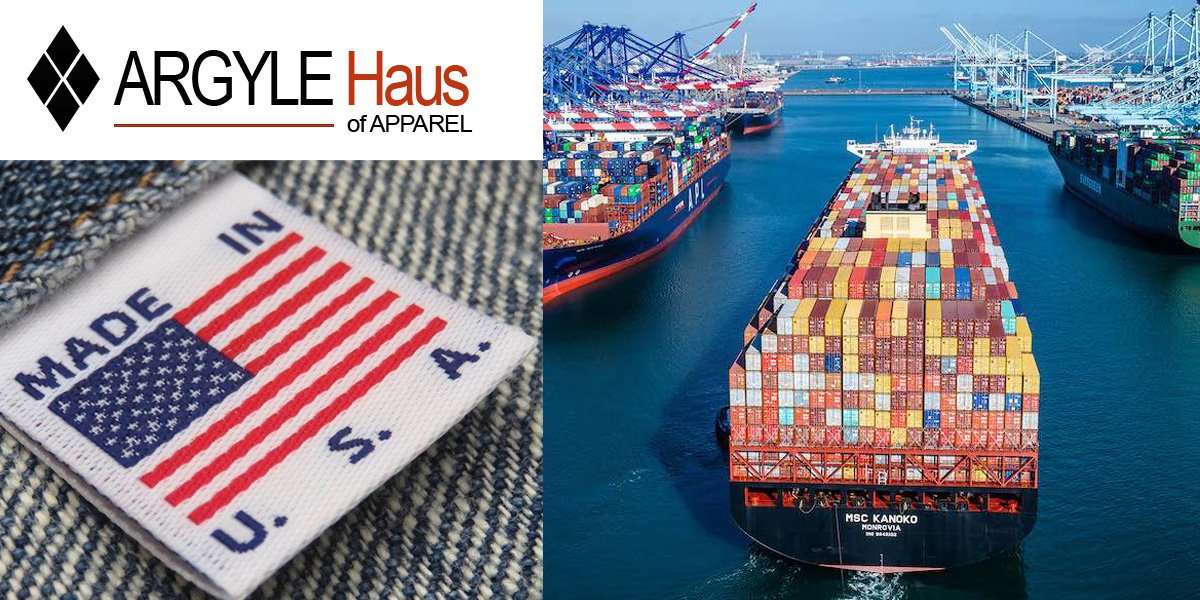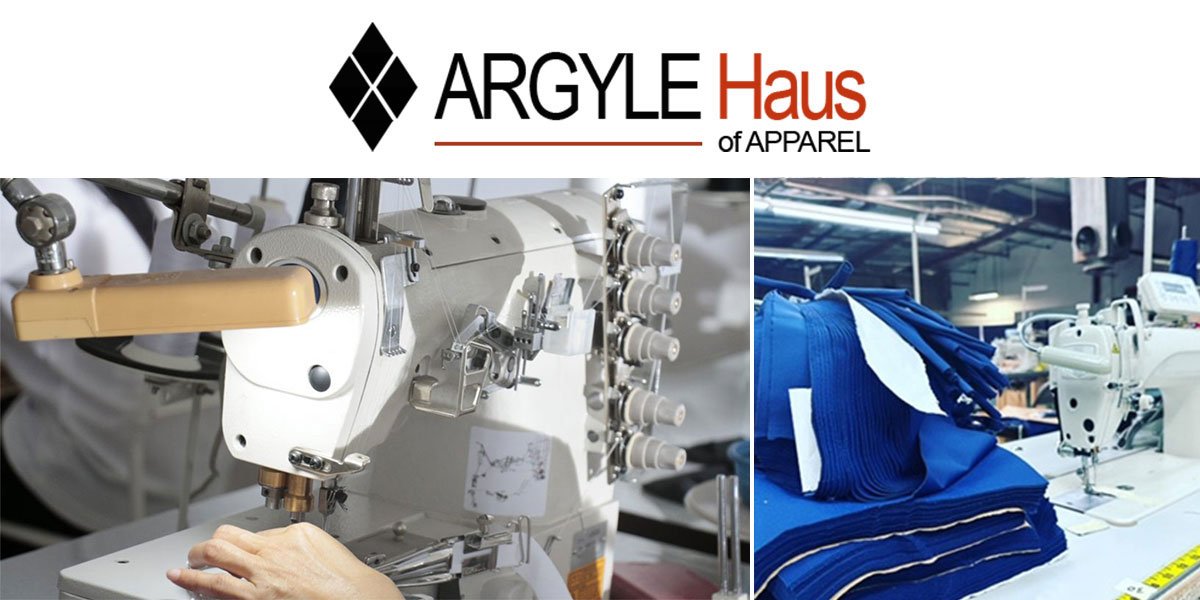Transforming the Landscape: AI’s Role in Shaping the Future of the USA Clothing Design and Manufacturing Industry
Abstract:
The USA clothing design and manufacturing industry is on the cusp of a transformative journey, driven by the integration of artificial intelligence (AI). This report delves into the potential evolution of this industry over the next five years, highlighting the imminent impact of AI technologies on clothing brands. As AI continues to advance, clothing design and manufacturing processes stand to gain unparalleled efficiencies, from trend prediction and design creation to supply chain optimization. By leveraging AI’s capabilities, clothing brands can enhance their competitive edge, achieve sustainable growth, and meet the ever-changing demands of consumers.

Introduction:
The landscape of the USA clothing design and manufacturing industry is evolving rapidly, and the integration of artificial intelligence promises to be a pivotal force in shaping its future. With consumer preferences becoming increasingly diverse and supply chains growing more complex, AI’s potential to revolutionize various aspects of the industry cannot be overstated. This report explores how AI will benefit clothing brands in the next five years, from design innovation to manufacturing processes and beyond.
Trend Prediction and Consumer Insights:
AI’s data analysis capabilities are poised to redefine how clothing brands predict trends and understand consumer preferences. By analyzing vast amounts of data from social media, e-commerce platforms, and fashion blogs, AI can discern emerging trends and provide insights into customer behavior. Brands can leverage this information to anticipate demand and design collections that resonate with their target audience, reducing the risk of overstocking or missing out on trending styles.
Design Innovation and Creativity:
Incorporating AI-driven tools into the creative process can amplify designers’ capabilities. Generative adversarial networks (GANs) and neural networks can aid in generating novel design concepts, merging diverse elements, and proposing avant-garde patterns. This collaboration between human creativity and AI’s computational prowess can lead to the creation of unique, trendsetting designs that capture consumer attention while maintaining brand identity.
Personalized Shopping Experiences:
As AI algorithms become more refined, clothing brands can tailor shopping experiences to individual customers. By analyzing past purchases, browsing behavior, and personal preferences, AI-powered systems can recommend products that align with each customer’s style, size, and price range. This personalized approach not only enhances customer satisfaction but also increases sales conversion rates, thereby contributing to brand loyalty and profitability.
Supply Chain Optimization:
Efficient supply chain management is a critical determinant of success in the clothing industry. AI-driven predictive analytics can optimize inventory levels, demand forecasting, and production schedules. Smart algorithms can adapt to unforeseen disruptions, enabling brands to respond swiftly to changes in demand, supply chain delays, or production interruptions, ultimately minimizing costs and maximizing efficiency.
Sustainable Practices and Waste Reduction:
AI’s influence extends to sustainability efforts within the industry. By analyzing consumption patterns and production processes, AI can identify opportunities for waste reduction and more sustainable sourcing practices. Brands can make informed decisions about materials, manufacturing techniques, and distribution methods, thereby reducing their environmental footprint and aligning with the growing demand for eco-conscious products.
Challenges and Considerations:
While the potential benefits of AI in the clothing industry are vast, there are challenges to address. Data privacy concerns, ethical implications, and the potential displacement of certain job roles are important factors that demand attention. Collaborative efforts between industry stakeholders, policymakers, and technologists are essential to ensure responsible and inclusive AI integration.
Conclusion:
The USA clothing design and manufacturing industry stands at the crossroads of transformation, with AI technologies poised to redefine its trajectory. As clothing brands harness the power of AI for trend prediction, design innovation, personalization, and supply chain optimization, they position themselves to thrive in a dynamic and competitive landscape. Embracing AI is not just a technological advancement; it’s a strategic imperative for brands seeking sustainable growth, enhanced customer experiences, and a future characterized by innovation.
References:
1. Smith, A. (2022). “Revolutionizing Fashion: How AI is Changing the Landscape of Clothing Design.” FashionTech Journal, 8(2), 45-62.
2. Johnson, E. & Lee, M. (2023). “AI-Driven Supply Chain Management in the Fashion Industry.” Supply Chain Quarterly, 12(4), 28-39.
3. Garcia, S. et al. (2023). “Personalized Shopping with AI: A Case Study of Clothing Retailers.” Journal of Consumer Behavior, 40(1), 115-130.






